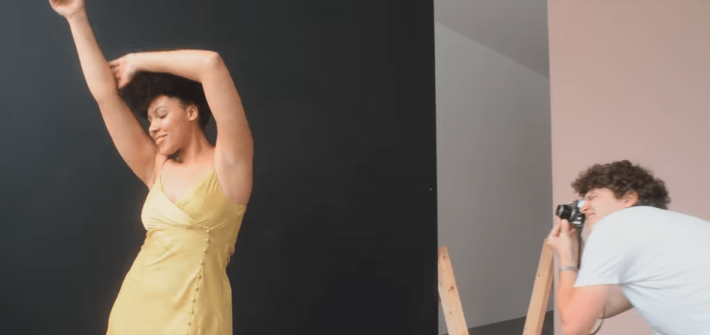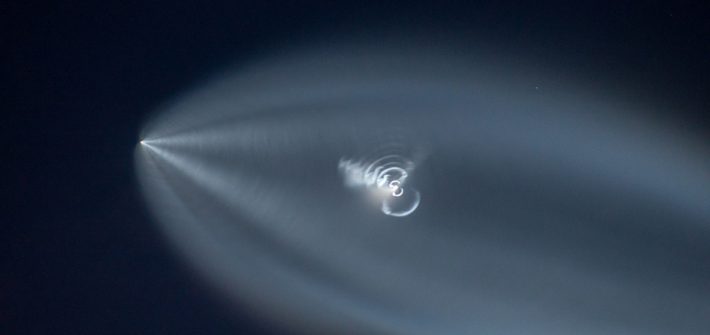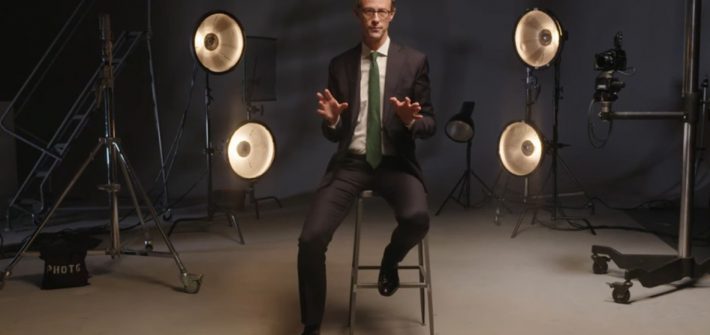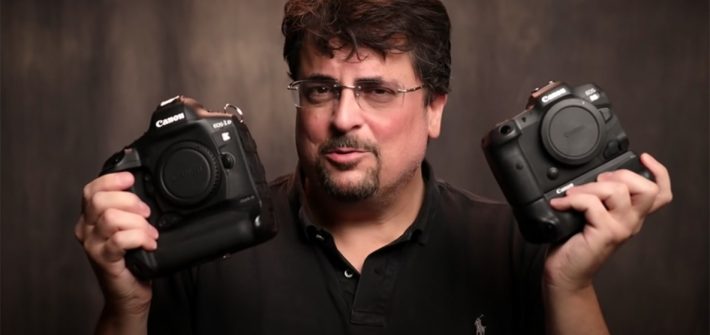I’m currently just casually reading about Deleuzian philosophy. Gilles Deleuze, a French philosopher, and Félix Guattari wrote about truth as coming from multiple sources.
![]()

I’m currently just casually reading about Deleuzian philosophy. Gilles Deleuze, a French philosopher, and Félix Guattari wrote about truth as coming from multiple sources.
![]()

Two successful SpaceX missions last week, one on each coast, prompted me to review my rocket launch photo procedures, particularly since the Monday (Sept. 13) launch from Vandenberg Space Force Base was the first after a long hiatus. For those of us in southern California, it was a photo op we were eagerly awaiting since it was scheduled for after sunset.
![]()

As camera technology continues to advance at stomach-churning speed, it might be wise to remind ourselves of just how far we’ve come, as it’s so easy to get caught up in the never-ending lust for the next shiny new toy. Sometimes, our focus on processors and edge-to-edge sharpness make us forget about the art, the craft, and the photographers that came before us, so sit back and enjoy this short hop through the history of photography.
![]()

It’s the holy war of the photography world: Mirrorless versus DSLR. It’s also, these days, a largely irrelevant question, as both technologies are pretty far along and end up doing about the same thing. Photographer David Bergman takes a look at a reader question and offers his thoughts on what’s better.
![]()

While very few photographers make a full-time living shooting stock photography, it can be a decent way to supplement your main work and provide some additional financial security by diversifying your income streams. This excellent video goes in depth to show you how two photographers made $47,000 selling their photos on stock services.
![]()

It is quite often overlooked when it comes down to creating a stunning photograph, although it has a big impact on the composition and even on the story of an image. We are talking about the right focal length. Avoid one of the biggest traps about focal lengths and find out how to impact your composition with the right lens.
![]()

Professional wide angle zoom lenses tend to have apertures of f/2.8, but for photographers who do not need that extra light-gathering power, choosing an f/4 zoom can mean significant savings in both weight and cost (and sometimes other gains). For Canon shooters, there is the RF 14-35mm f/4L IS USM, and this great video review takes a look at the kind of performance and image quality you can expect from it in practice.